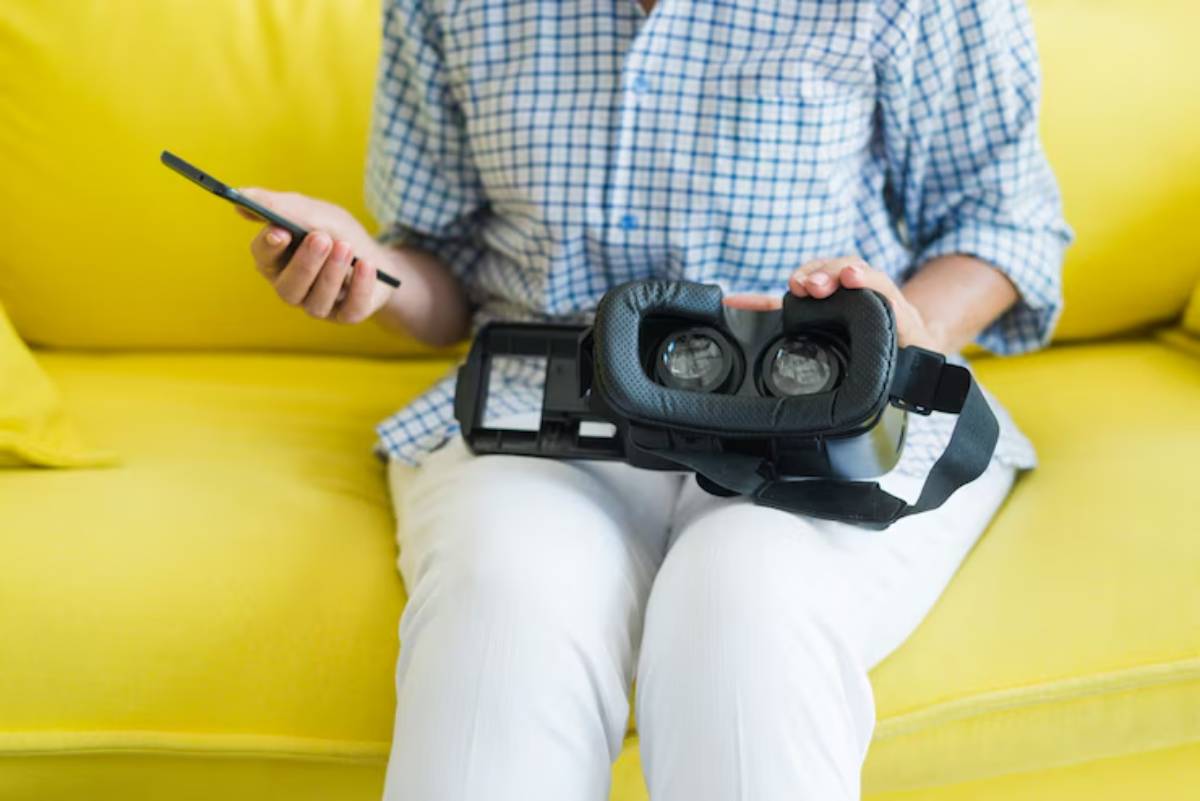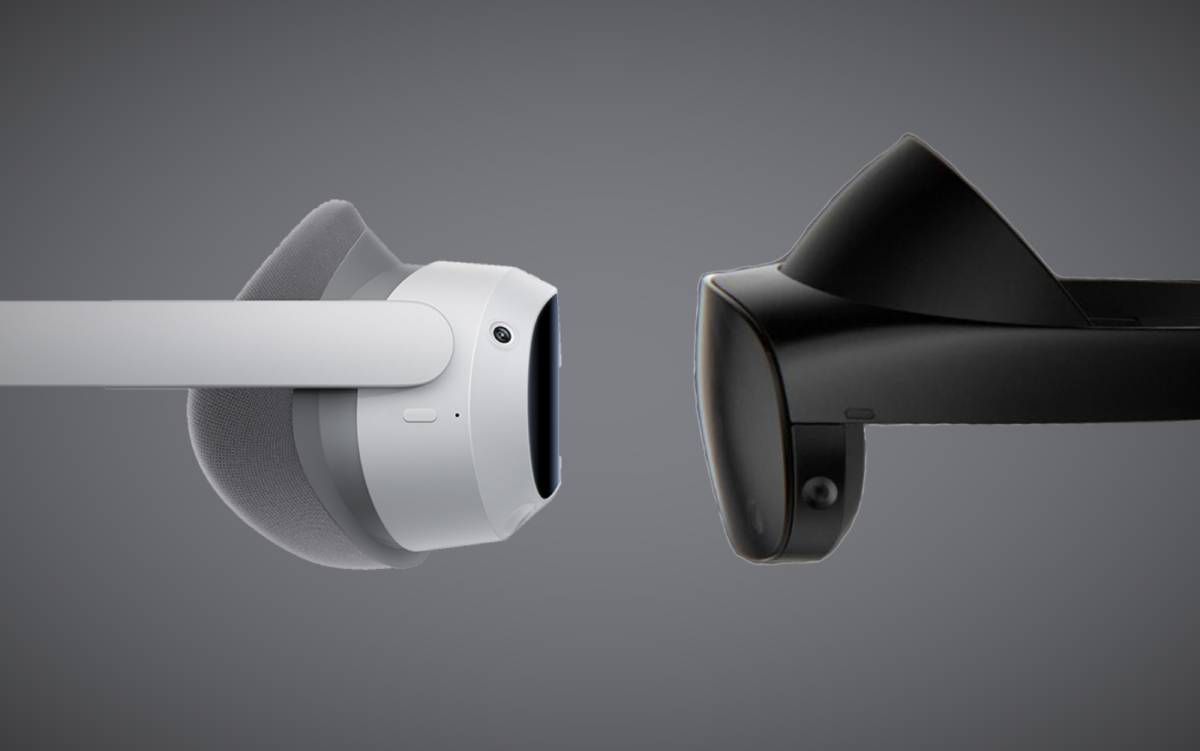
Comparing Build Quality: Meta vs Pico vs HTC
VR is no longer niche tech. Whether you’re gaming, working out, socialising, or even attending virtual meetings, your headset has become a daily-use device, just like your smartphone or laptop. But with frequent use comes wear and tear, and suddenly, that lightweight strap or plastic housing matters far more than expected.
So, which brands deliver the most durable VR headsets? How do Meta, Pico, and HTC compare in terms of premium materials, comfort, and long-term resilience?
In this post, we’ll dive deep into the build quality comparison of these top VR players, helping you make the right choice for your head — and your wallet.
What Does “Build Quality” Actually Mean in VR?
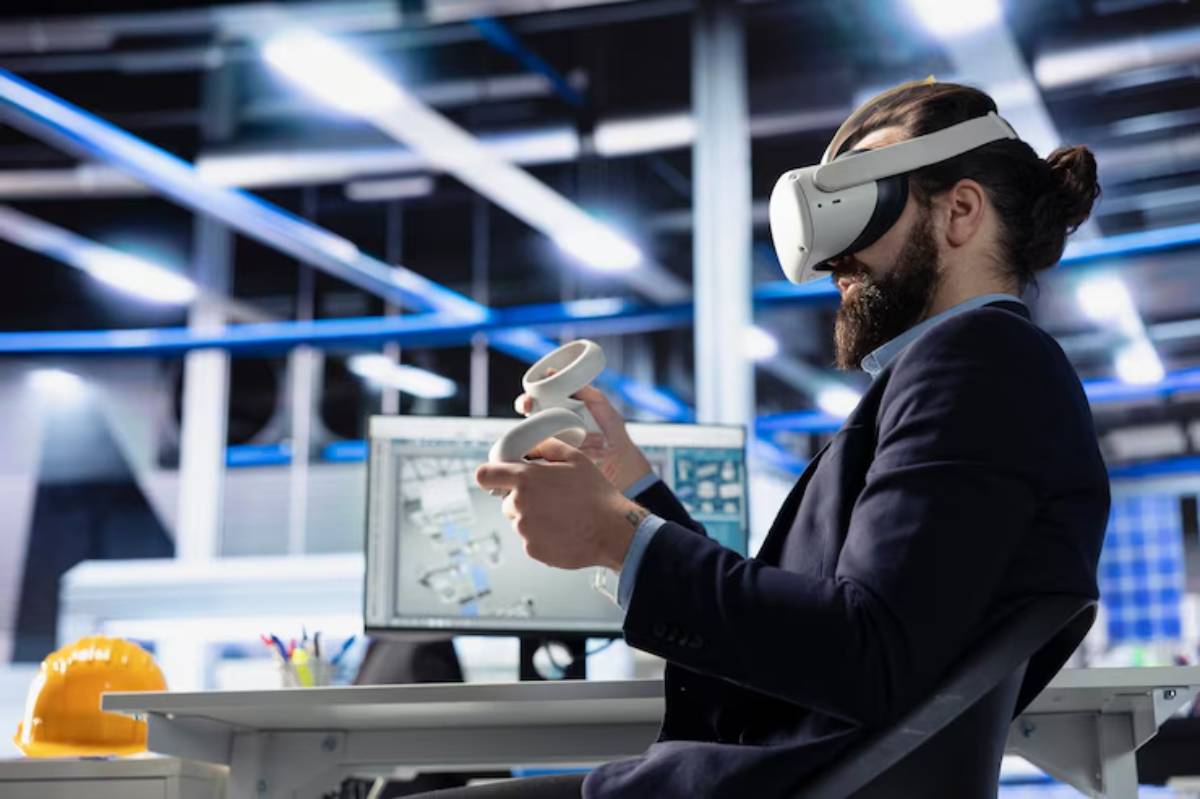
When we talk about build quality, we’re not just judging how a headset looks — we’re talking about how it holds up over time.
Key Aspects of VR Headset Build Quality:
- Chassis durability: How well the outer shell resists cracks, drops, and daily use
- Strap design and materials: Comfort, adjustability, and long-term support
- Lens protection and clarity: Scratch resistance and alignment
- Face padding quality: Breathability, comfort, and sweat resistance
- Weight distribution: How it balances on the head over long sessions
- Modular design: Ease of replacing or upgrading components
Let’s break down how Meta, Pico, and HTC compare across these categories.
Meta Quest Series (Quest 2 & Quest 3)
Overall Build Quality: ★★★★☆
Meta’s Quest headsets are built with affordability and accessibility in mind. While not the most premium-feeling devices, they’ve made notable improvements between generations.
Strengths
- The plastic chassis is lightweight and impact-resistant
- Quest 3 introduces a sleeker design with better materials and smaller optics
- Modular face interface for swapping out padding or using prescription lens inserts
- Wide third-party accessory ecosystem (straps, covers, grips)
Weaknesses
- Stock head straps (especially on Quest 2) feel flimsy over time
- Facial padding can degrade with sweat and friction
- Lens protection is minimal unless you use a case or lens cover
Meta excels in comfort and upgradability, but you’ll likely need to invest in accessories like the best VR head straps to make the most of it.
Pico 4
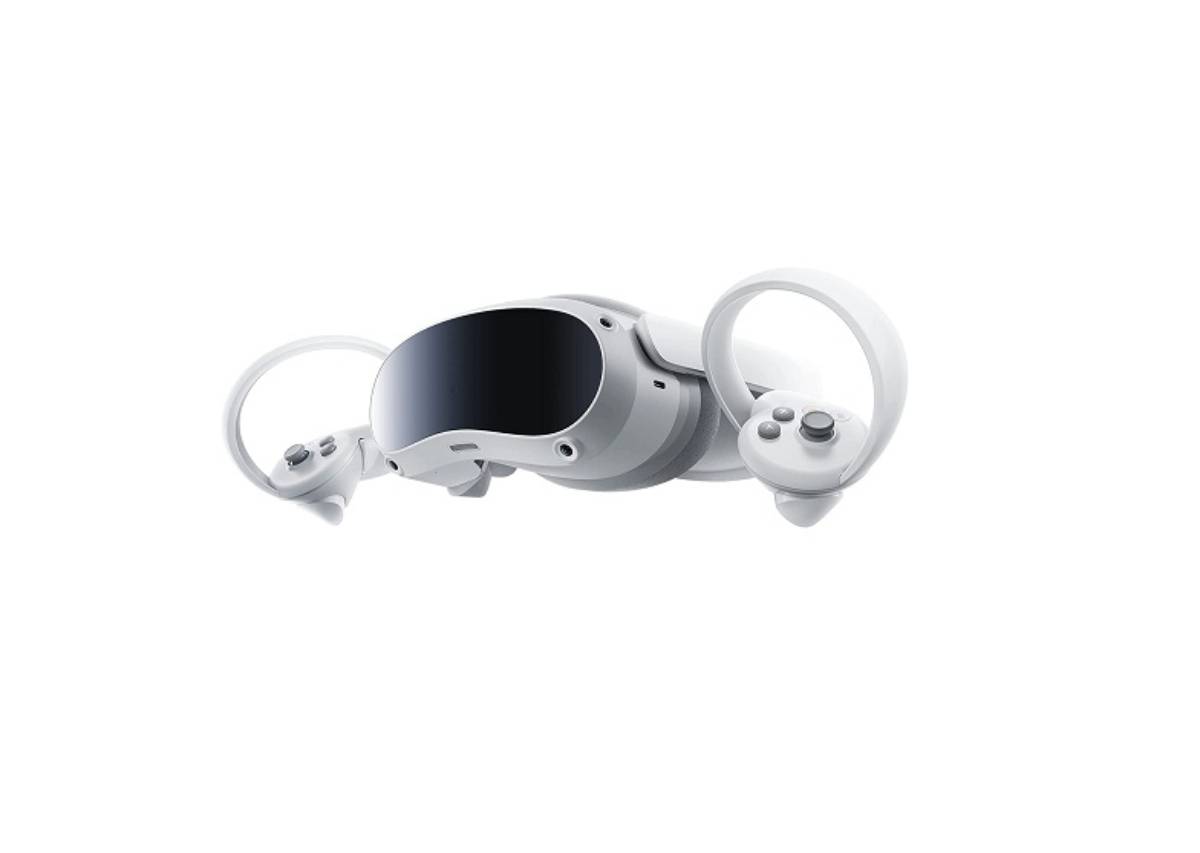
Overall Build Quality: ★★★★☆
Pico 4 often surprises users with its premium feel, especially considering its mid-range price point. The device is clearly designed for comfort and cleanliness in multi-user or fitness-friendly environments.
Strengths
- Balanced halo strap distributes weight across the head
- Plastic housing feels solid and more scratch-resistant than Quest 2
- PU face padding is wipeable and better suited for fitness
- Minimal front-heavy design, even with the battery in the back
Weaknesses
- The lens ring is prone to scratching if not handled carefully
- Fewer third-party accessories available, limiting customisation
- Strap hinges can become squeaky or loosen with heavy rotation
Overall, Pico feels like a blend between Meta’s accessibility and HTC’s stability — ideal for fitness-focused or shared users who want a durable frame and better comfort out of the box.
HTC Vive XR Elite
Overall Build Quality: ★★★★★
HTC Vive has long been synonymous with high-end VR, and the XR Elite doesn’t disappoint. This headset was built for enthusiasts, enterprise users, and those who treat VR like an everyday tool, not a novelty.
Strengths
- Magnesium alloy frame and modular body ensure strength without added weight
- Premium face padding offers all-day comfort and better sweat ventilation
- Lens housing and optics feel reinforced and include physical IPD adjustment
- The battery module is removable, aiding longevity and user repairability
- USB-C port placement and port quality are thoughtful and strong
Weaknesses
- Heavier investment cost (both financially and physically)
- Less intuitive strap adjustment for casual users
- The accessory ecosystem is more niche and professional-oriented
HTC’s approach is all about professional-grade reliability. If you’re looking for premium VR materials, HTC is clearly ahead — but it comes at a price.
Head-to-Head Comparison: Materials, Durability & Comfort
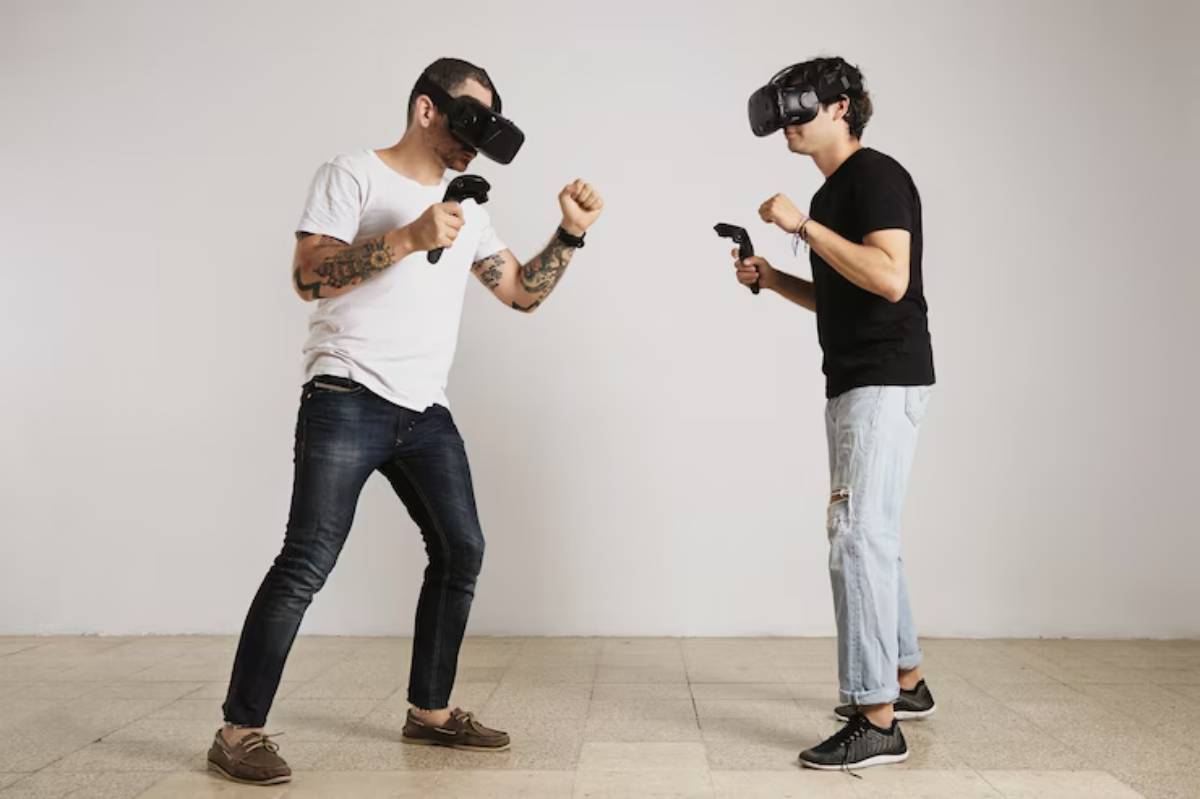
| Feature | Meta Quest 3 | Pico 4 | HTC Vive XR Elite |
| Chassis Material | Durable plastic | Reinforced plastic | Magnesium alloy frame |
| Face Padding | Foam (default) | PU leather | Breathable memory foam |
| Weight Distribution | Front-heavy (Quest 2) | Balanced (halo strap) | Modular + swappable |
| Strap Type | Soft elastic (stock) | Adjustable halo | Adjustable back dial |
| IPD Adjustment | Manual slider | Digital + pre-set | Physical + wide range |
| Accessory Ecosystem | Extensive | Moderate | Niche/Enterprise-level |
Build Quality in Real-World Use
It’s one thing to compare specs, but how do these devices hold up under real usage?
For Fitness and Sweat-Heavy Sessions
- Pico 4 wins for sweat-proof face padding and balance
- Meta Quest 3 needs accessory upgrades for comfort and hygiene
- HTC Vive XR Elite handles sweat well, but may be overkill for casual users
If this is your priority, you’ll also want to review our guide on headset ventilation and sweat management.
For Frequent Sharing in Family Setups
- Pico’s wipeable face pad and lightweight build make it ideal
- Meta Quest 3 is excellent once paired with washable accessories
- HTC Vive is better suited to dedicated individual use, not fast switching
For Long Sessions (Work/Gaming)
- HTC’s modular design makes it most comfortable over hours
- Pico 4 holds up well due to its balance
- Meta Quest 3 can cause fatigue with the default strap, but improves drastically with an elite strap upgrade
Build Longevity: What to Expect After 6–12 Months
Durability isn’t just about strength — it’s about consistency.
Common Wear Points
- Straps on all models can loosen or fray with regular use
- Face padding tends to compress or degrade (especially foam)
- Lens rings are prone to micro-scratches without covers
- Charging ports and buttons may loosen if frequently tugged
Who Holds Up Best?
- HTC: Built like a tank — engineered for long-term use
- Pico: Excellent mid-tier resilience
- Meta: Dependable, but accessory upgrades help prolong life
The Verdict: Which Headset Wins on Build Quality?
Choosing a winner depends on how you plan to use it:
- For serious VR enthusiasts or professionals: The HTC Vive XR Elite is unmatched in premium materials and modular design.
- For family-friendly or shared use with fitness focus: Pico 4 offers the best out-of-box comfort and durability.
- For budget-conscious users willing to customise: Meta Quest 3 is a solid base that becomes excellent with accessory upgrades.
Final Thoughts: Don’t Just Buy the Brand, Buy the Build
A sleek design or a trending name doesn’t always mean your headset will last. Whether you’re working out, gaming, or collaborating in VR, build quality can shape your experience — and your long-term satisfaction.
Choose your headset based on how you’ll use it most, and don’t be afraid to invest in accessories that improve fit, hygiene, or comfort. After all, the best VR experiences are the ones you can enjoy repeatedly, without the wear showing.
Which headset do you trust most for long-term use? Share your thoughts below or explore more reviews to find your perfect VR match.


